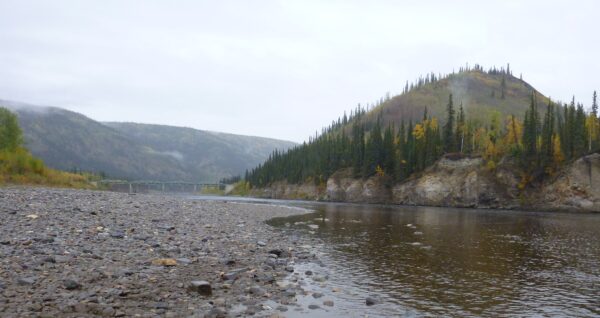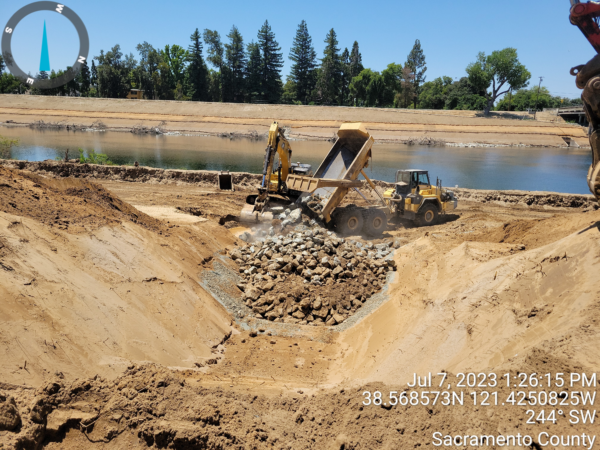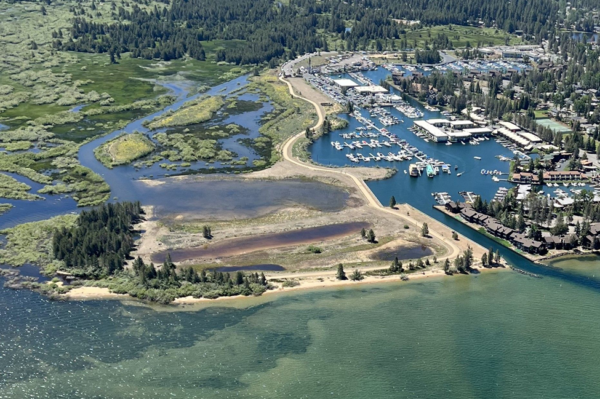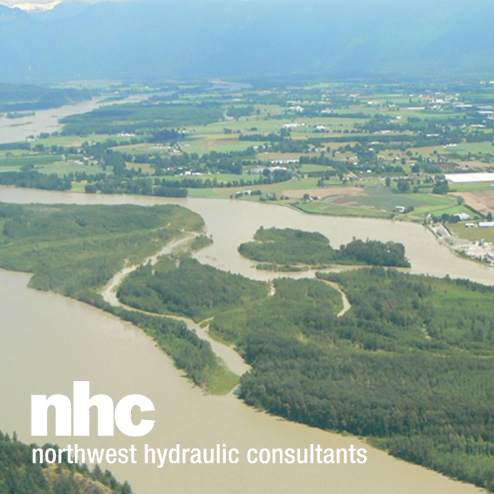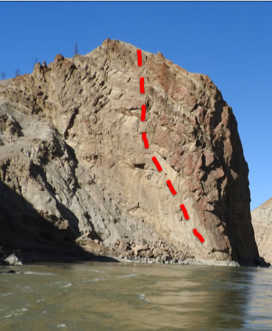Considered the largest dam removal and restoration project in the US, the Klamath Dam Removal Project involves the removal of four dams within Oregon and California along the Klamath River. Once complete, the project will reconnect more than 400 unobstructed river miles, the most in history for a dam removal project, as part of a plan to improve river water quality and significantly grow salmon populations.
NHC supported design engineers, Knight Piésold, with hydrotechnical engineering design to decommission the four dams – J.C. Boyle, Copco 1, Copco 2, and Iron Gate – on the lower Klamath River. The project consisted of multiple design phases: 30%, 60%, 90%, and 100%; NHC was responsible for performing reservoir routing through the chain of dams during decommissioning and assessing road crossings impacted by the drawdown including impacts on fish passage.
What We Did
NHC developed rating curves to be applied to the drawdown modeling for the four dams, which included rating curves for spillway, power intakes, diversion tunnels, power intakes, and low-level outlets. NHC applied three-dimensional computational fluid dynamics (CFD) models to evaluate each structure under a range of flow conditions to develop rating curves and inform the design engineers and contractor of expected conditions. NHC leveraged our deep experience in hydraulic structure design and analysis to ensure the unique physical processes that occur with such large structures under high flows were adequately accounted for in the modelling approach.
We also presented simulated reservoir water surface elevations for the four reservoirs during the drawdown year as they relate to drawdown operations. These assessments were performed under a wide range of flow conditions to provide an assessment of the magnitude and timing of expected reservoir water levels, inflows, and outflows. The proposed drawdown operations for each facility were evaluated using 1D numerical models for various flow conditions that could occur during the drawdown period. The entire 36-year record (October 1980 to September 2016) of daily average BiOp flows were used in the drawdown model. Recently, during the construction phase, NHC analyzed the drawdown conditions for the 2023 flows to further inform construction planning for Iron Gate scheduled in 2024.
How We Helped
NHC was able to provide an accurate prediction of the conditions at the structures and downstream in the river during drawdown conditions to assist with project planning and design. We worked closely with Knight Piésold to develop safe drawdown operation rules that would result in acceptable conditions within the reservoirs, through the structures and in the river for the range of expected flows.
We also ensured the design of the culverts would meet the project’s fish passage criteria.
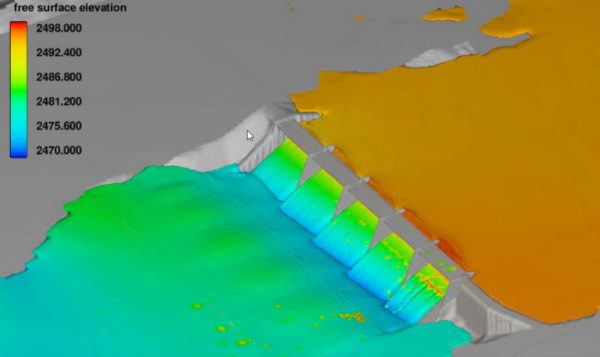
Water Surface Elevation (ft) for a discharge of 29,400 cfs with five gates fully open.
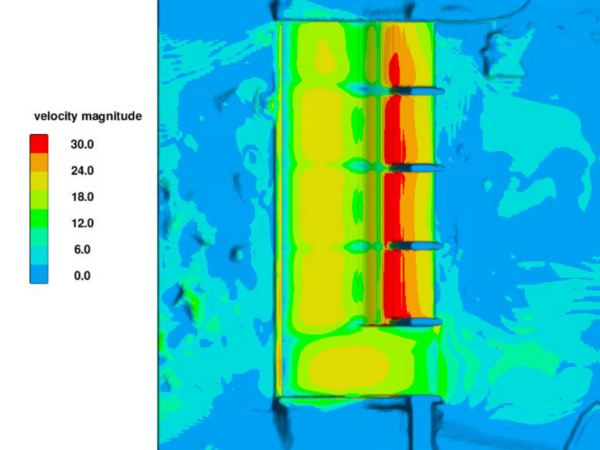
Near-bed maximum velocity during drawdown for 29,400 cfs for Copco 2.


